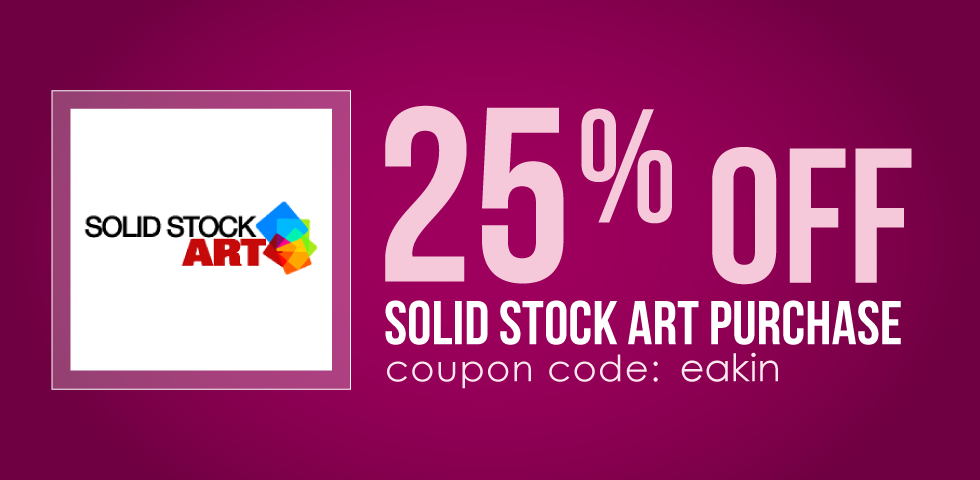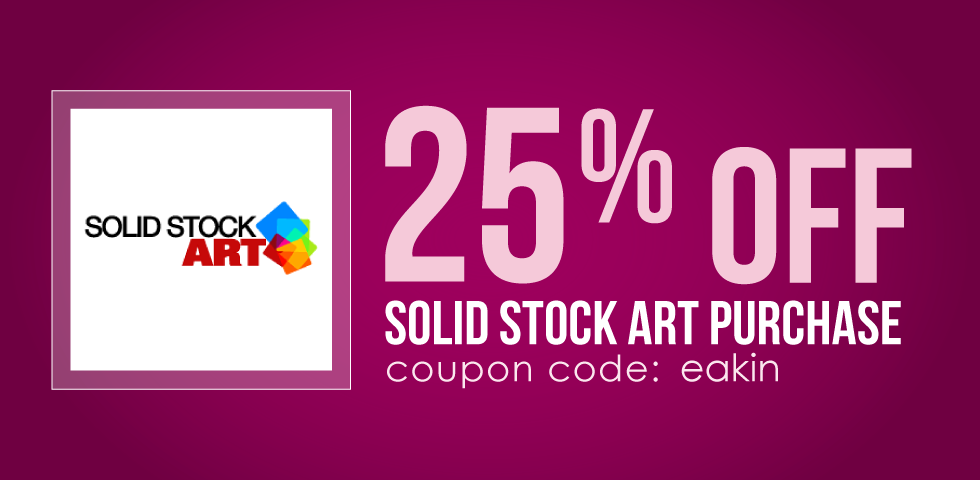Occasionally I am asked to submit a proposal bid on top-secret projects. No, these are not government backed secret projects for the CIA, military or anything like that. However, to the initiator of the project, they require secrecy and information is only shared on a need to know basis. Sometimes I win the proposal bid on the project, sometimes I lose and sometimes I decline to bid because I cannot get enough information to even submit a proper proposal. I cannot tell you how much it will cost if I do not even know what I will be doing.
Lots of first-time entrepreneurs and start-ups begin their operations under the mask of secrecy. I get it. You are afraid that someone will steal your idea, but you do not have the resources and skills necessary to bring it to life. To do so, you need to hire contractors, freelancers and vendors that have the skill sets you are missing to pull it off.
To really pull it off and bring your product or service to market, you have to be able to trust those vendors. Because when you don’t trust them, you don’t give them enough information to do their job and you hinder the process. This results in frustration for all parties involved. You will be frustrated that things are not going according to plan, deadlines may be missed and the whole experience of working with the vendor may leave a foul taste in your mouth.
If they are a good vendor, they will want you to succeed. They will want your project to stay on track and will work to help you achieve your goals with the finished product. If they are really good at what they do, they probably don’t want to steal your idea either. They have already found a profitable endeavor. This is proven by the fact that you hired them.
I was curious, so I Googled “Should You Really Worry About Someone Trying to Steal Your Idea” to see what I would get. What I found around the good ol’ web is the same general sentiment I hold from my own experience. Being super secretive and guarded with your business idea hurts more than it helps.
I thought this article on the Making it Anywhere blog (found in that Google search), “Worried Someone’s Going To Steal Your Idea? Here Are 4 Things You Should Worry About Instead” had some great counter points to consider. There are more important things to worry about and answering these four questions may tell you whether or not someone really would want to steal your idea:
- Are you solving a problem people will want to pay for?
- How are you going to establish yourself as a market leader? Why should they pay YOU?
- Does your business idea or model already exist?
- How will people know you exist?
If after doing the research and answering those questions you still feel the need to keep things close to your chest, consider using a non-disclosure agreement (NDA) form when requesting bids from vendors. Most seasoned vendors are familiar with and have signed such forms before, when working with clients. Using one should give you some measure of peace trust in disclosing the information they need to give you a proper proposal. If they steal your idea, you can just sue them.
It is important that they have all the information they need. They determine what information they need to quote you and draft up a proposal, not you. If you knew what they needed, then you have knowledge of how to do it…and you would not need to hire them. Answer any questions they have and provide them with anything they request. Not having enough information may result in an inaccurate quote and a surprise for you when midway through the project, the price needs to be re-negotiated.
Vet vendors you think you might like to work with prior to requesting a proposal. You can do a general overview by reviewing testimonies on their site, review sites like Yelp and their social media accounts. If you have a good feeling about them and it seems everyone else does too, ask them if they offer a free “private” consultation. Let them know up front if you will require their signature on a NDA prior to the consultation. If during the consultation you are feeling even better about them, ask them to submit a proposal along with some references if you are still a bit scared.
Sometimes the best resources are found from within or through the networks you are already a part of. Do you have a friend or family member that recently launched a business? Some of their vendors might be a good fit to get some of what you need done as well. Ask them if there is a vendor they are using for “XYZ” that they would highly recommend and ask for an introduction or their information.
If after all of that you still cannot trust your vendor to not steal your idea, then the aliens probably really are coming to abduct you. 🙂
NDA Resources & Templates:
Wikipedia Definition: http://en.wikipedia.org/wiki/Non-disclosure_agreement
Mutual Non-Disclosure Template: http://www.entrepreneur.com/formnet/form/852
NDA 101 | Rocket Lawyer: https://www.rocketlawyer.com/article/nda-101:-what-is-a-non-disclosure-agreement.rl

Colleen Eakins is a dynamic and creative individual that possess a knack for great design. With over 15 years of experience in the field of graphic design, Colleen is able to effectively brand her clients with great design pieces. Her motto is: “Anyone can make a pretty picture, but is it effective? Will it make your customer buy your product or use your services? My design tries to answer with a YES!”
![]()










